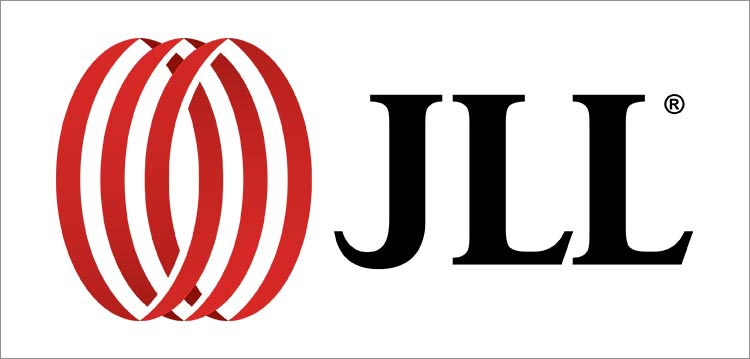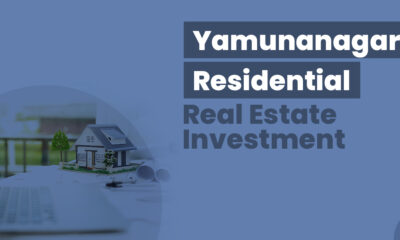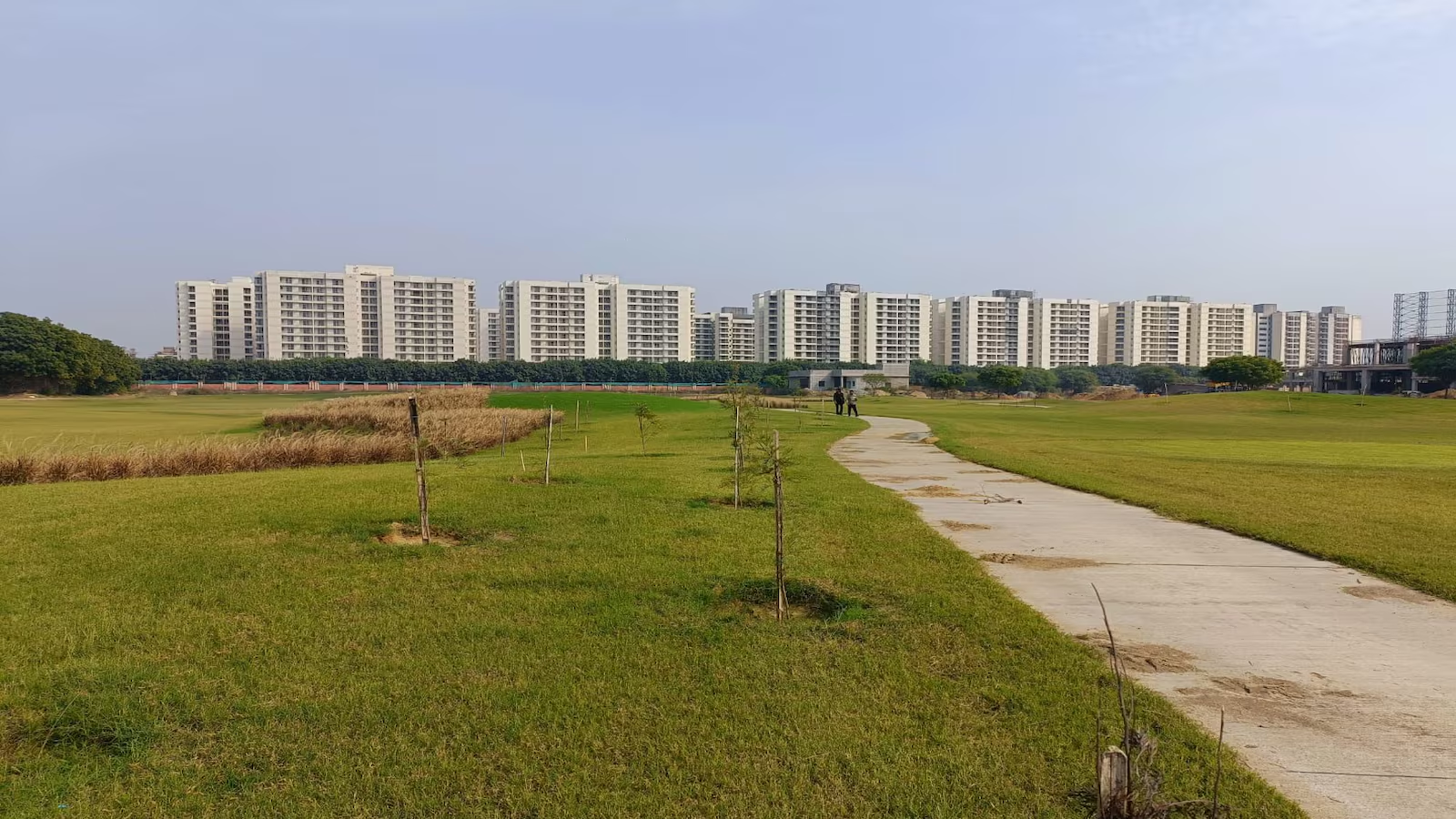Report
Residential property prices rose by only 3.3 per cent in Mumbai and Suburbs in 2015: JLL


The following is the report by Ramesh Nair – COO – Business & International Director, JLL India
A sign of any residential market’s increasing maturity is evidenced by gentler price appreciation – a process which has been very much in evidence in the country’s financial capital. The average residential property prices in Mumbai and suburbs saw an appreciation of 3.3 per cent (y-o-y) in 2015 versus 7 per cent in 2014. The forecasted increase in residential property prices in 2016 is expected to be 6 per cent. While a price rise of 6-7 per cent (y-o-y) was predicted for 2015, the actual increase should come as a pleasant surprise to home buyers.
Unlike the pre-global financial crisis (GFC) times – when prices saw double-digit growth (y-o-y) across the city and suburbs – the market has seen a rather subdued growth in prices over the last couple of years. It demonstrates Mumbai’s maturing residential real estate market. This is definitely good news for the scores of end-users who wish to own a house in the city that has India’s priciest real estate.
At the sub-market level, south-central Mumbai and the eastern suburbs saw the maximum appreciation at 4.3 per cent and 4 per cent respectively, followed by north Mumbai and western suburbs at 3.9 per cent and 3.5 per cent respectively. Outside the city and suburbs, Thane saw a 3 per cent appreciation in capital values, while the figure for Navi Mumbai stood at 6 per cent.
This, however, does not mean that Navi Mumbai is doing better than Mumbai – there is a lot of unsold inventory in many of its pockets. It is only in select precincts that Navi Mumbai is witnessing good demand. A look at the respective sales rate (as of 4Q15) also reveals that Mumbai did better at 10.1 per cent than Navi Mumbai at 5.5 per cent.
The 2015 figure also reflects how developers have shown unprecedented flexibility and kept costs stable by absorbing some of the increased holding costs. Some home buyers reciprocated by jumping the fence and buying houses at attractive prices. Moreover, developers started to gauge market dynamics with greater precision and adapted their product offerings as per changing demand.
Smaller units are in demand lately due to their relatively affordable ticket sizes, and many builders are now offering them even in premium locations. Given the rather sluggish demand for larger homes due to unaffordability, the headroom for price appreciation in this category has reduced. A JLL study in 2Q15 had showed that 69 per cent of the apartments in the city and suburbs were priced above Rs 1 crore. The number came down to 65 per cent in 4Q15, showing how developers are trying to bring in affordability.
-



 News3 weeks ago
News3 weeks agoKW Delhi 6 Mall Onboards New Brands
-



 News4 weeks ago
News4 weeks agoManasum Senior Living Launches IKIGAI GOA, A Senior Living Community in North Goa, in collaboration with Prescon Homes
-



 News2 weeks ago
News2 weeks agoGodrej Properties Sells Rs 3k cr+ Homes of Godrej Zenith, Gurugram, within 3 days
-



 News3 weeks ago
News3 weeks agoCommercial Realty Gets Tech Savvy: Fast Construction, Enhanced Convenience
-



 News4 weeks ago
News4 weeks agoBridging India Divide: Top 5 Tier- 2 Cities to Focus On
-



 News4 weeks ago
News4 weeks agoMultipoint Connection – A Definite Boon
-



 News3 weeks ago
News3 weeks agoRBI’s Status Quo on Key Policy Rates to Help Maintain the Real Estate Growth Momentum, Say Industry Stalwarts
-



 News1 week ago
News1 week agoOlive Announces Dhruv Kalro as Co-Founder

















